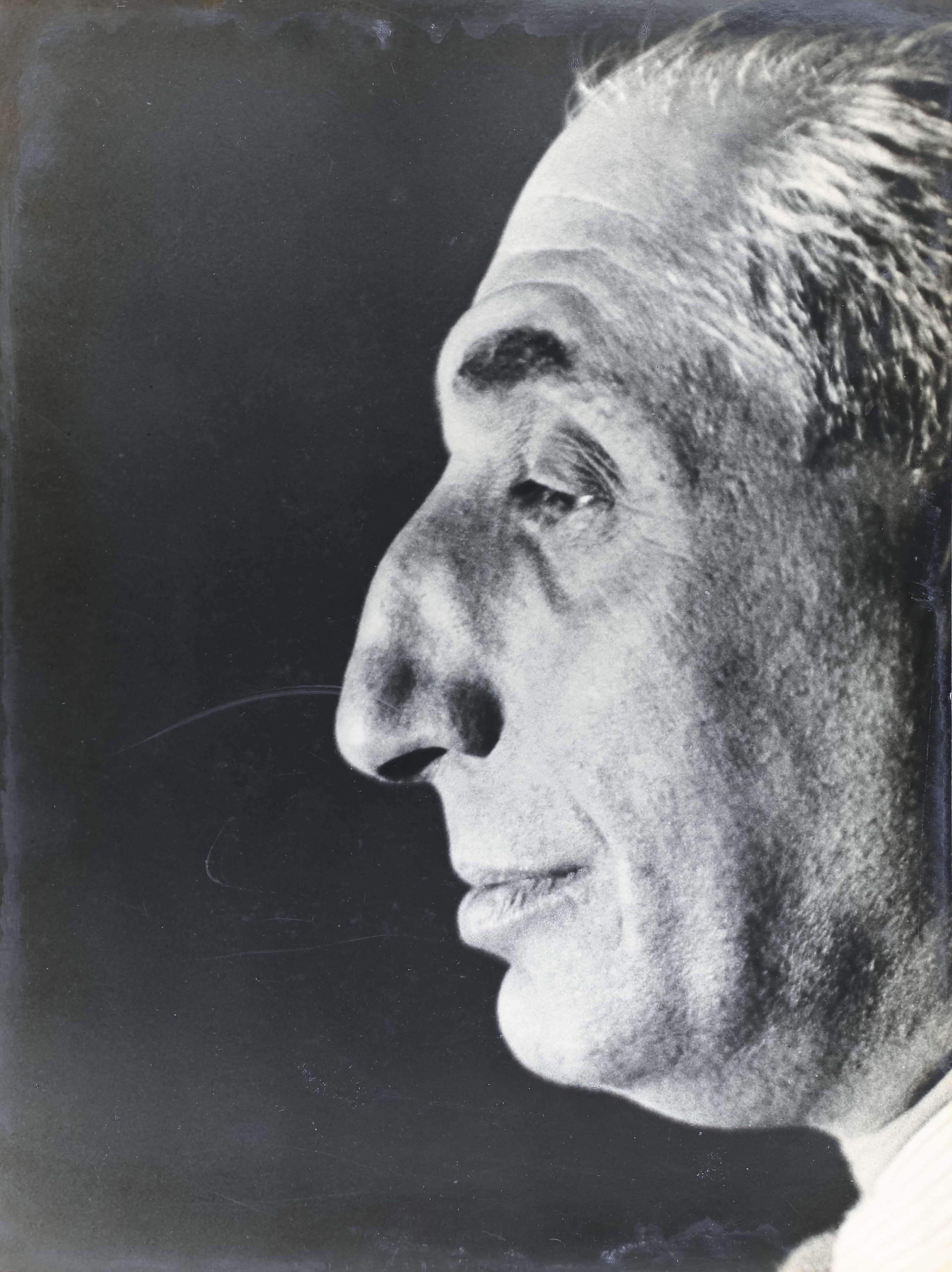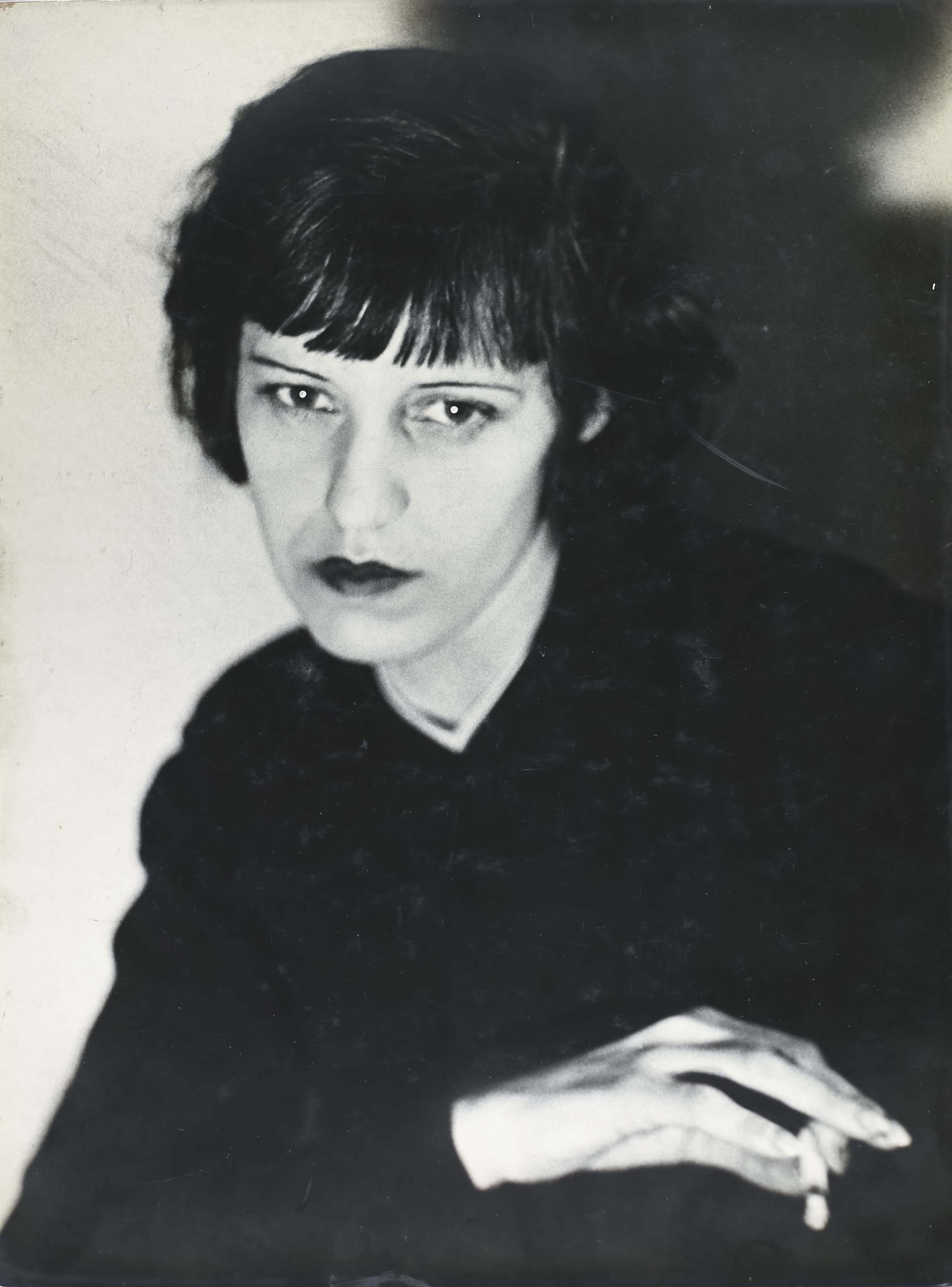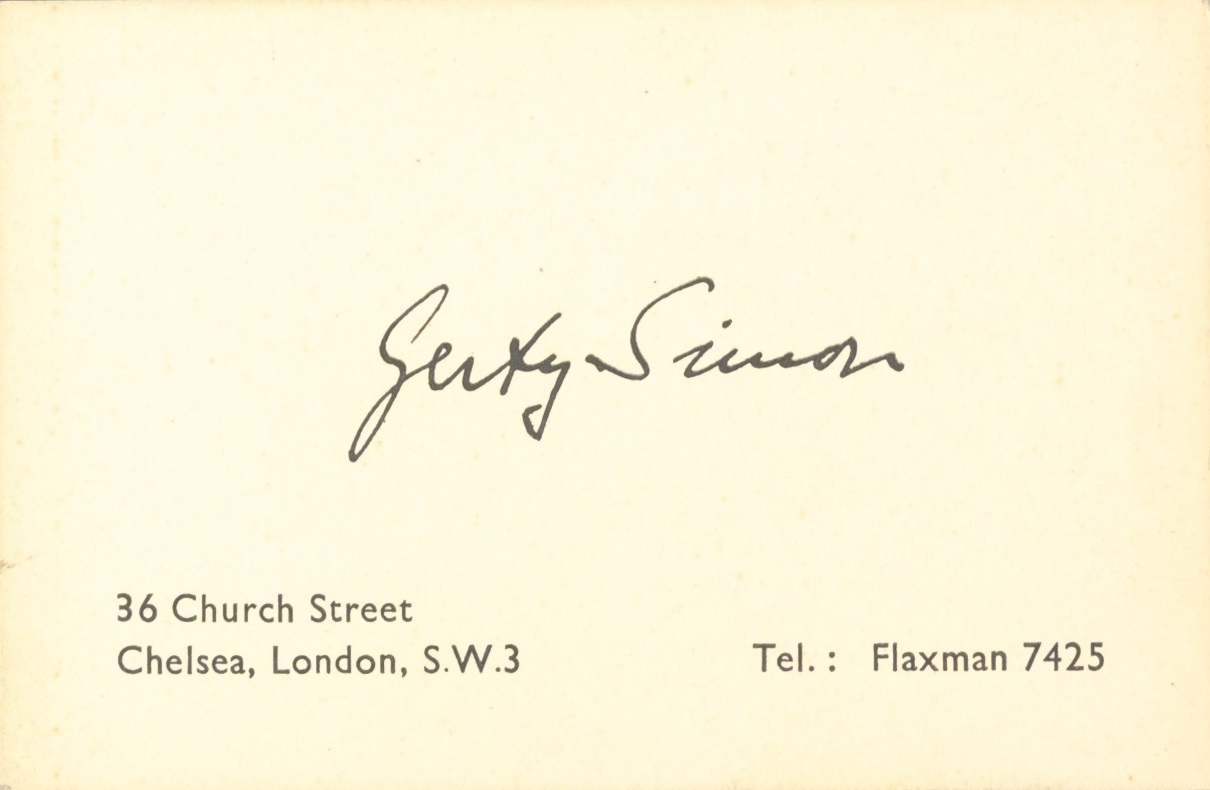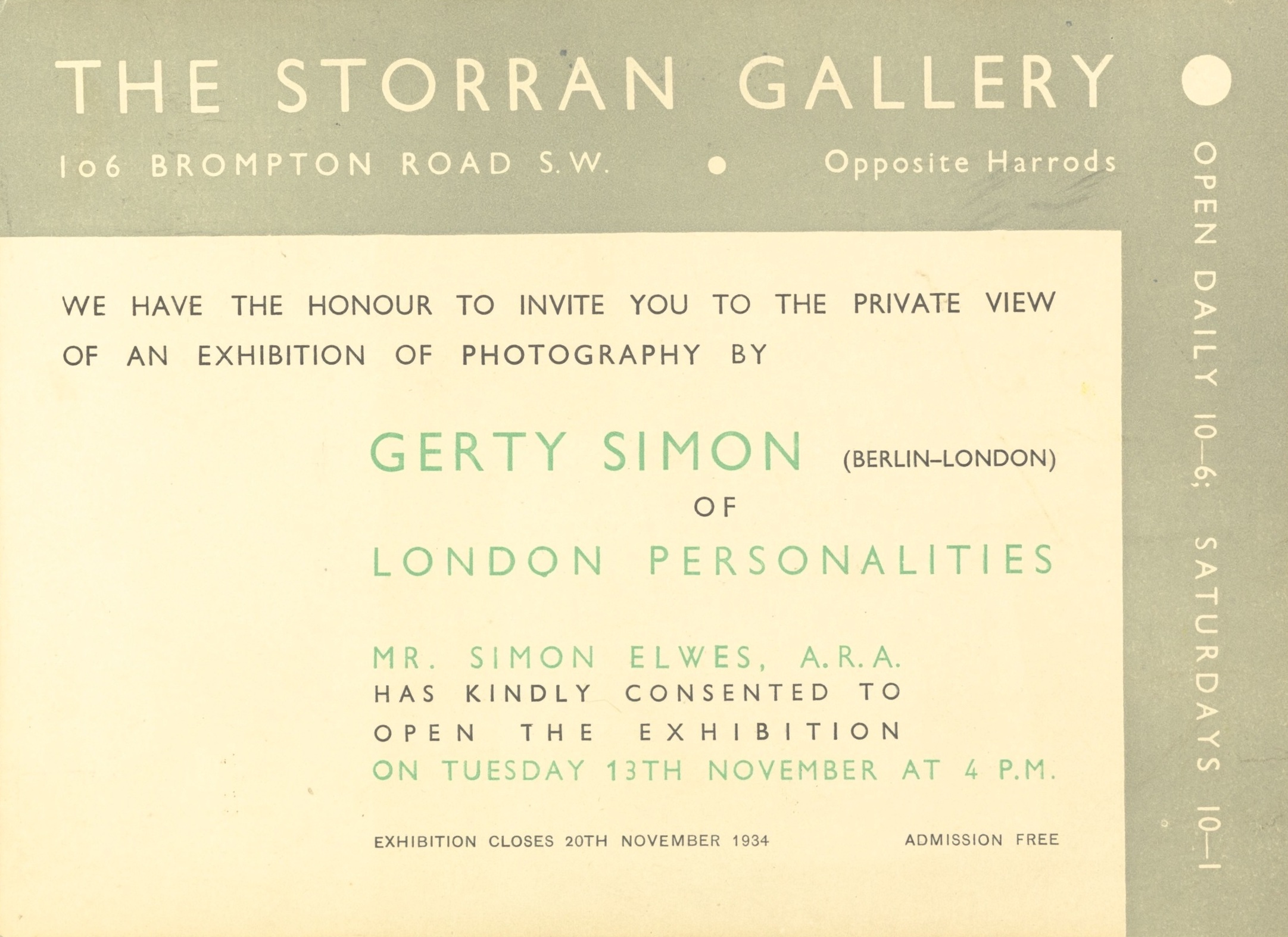Archive
Gerty Simon
- Gerty
- Simon
Gertrud Simon
- 1887
- Bremen (DE)
- 1970
- London (GB)
- Photographer
The Berlin photographer Gerty Simon established a studio in Chelsea, London. Her solo exhibition Camera Portraits from 1935 featured a distinctive portrait of the émigré art dealer Alfred Flechtheim (shown above).
Word Count: 30

Gerty Simon, Portrait of Alfred Flechtheim, London, c. 1935 (The Bernard Simon Estate, Wiener Holocaust Library Collections). 
Gerty Simon, Portrait of Lotte Lenya, London, c. 1935 (The Bernard Simon Estate, Wiener Holocaust Library Collections). 
Gerty Simon’s business card in London (The Bernard Simon Estate, Wiener Holocaust Library Collections). 
Invitation to the private view of Gerty Simon’s London Personalities exhibition, London 1934 (The Bernard Simon Estate, Wiener Holocaust Library Collections). Dascher, Ottfried. “Es ist was Wahnsinniges mit der Kunst”. Alfred Flechtheim. Sammler, Kunsthändler, Verleger (Quellenstudien zur Kunst, 6). Nimbus, 2011.
Flechtheim, Alfred. “Postscript.” James Laver. French Painting And The Nineteenth Century. B.T. Batsford Ltd., 1937, pp. 101–114.
Frowein, Cordula. “Alfred Flechtheim im Exil in England.” Alfred Flechtheim. Sammler. Kunsthändler. Verleger, exh. cat. Kunstmuseum Düsseldorf, Düsseldorf, 1987, pp. 59–64.
March, John. “Gerty Simon’s Berlin Years c. 1919–1933.” Berlin/London. The Lost Photographs of Gerty Simon, edited by Barbara Warnock and John March, exh. cat. The Wiener Holocaust Library, London, 2019, pp. 11–18.
Mitchell, Carla, and John March. Another Eye. Women Refugee Photographers after 1933, exh. cat. Four Corners, London, 2020.
Sprung in den Raum. Skulpturen bei Alfred Flechtheim (Quellenstudien zur Kunst, 11), edited by Ottfried Dascher, exh. cat. Georg Kolbe Museum, Berlin, 2017.
Warnock, Barbara. “Gerty Simon in London 1933–1970.” Berlin/London. The Lost Photographs of Gerty Simon, edited by Barbara Warnock and John March, exh. cat. The Wiener Holocaust Library, London, 2019, pp. 19–25.
Word Count: 154
Word Count: 8
My deepest thanks go to Barbara Warnock and Torsten Jugl from The Wiener Holocaust Library for giving me permission to reproduce the works of Gerty Simon.
Word Count: 26
GB (1933–1970).
36 Church Street (now Old Church Street), Chelsea, London SW3 (studio).
- London
- Burcu Dogramaci. "Gerty Simon." METROMOD Archive, 2021, https://archive.metromod.net/viewer.p/69/1470/object/5138-11259152, last modified: 20-06-2021.
-
Tommy Apple and his Adventures in Banana-LandBookLondon
The children’s book Tommy Apple and his Adventures in Banana-Land with staged photographs by the émigré Henry Rox shows anthromorphised fruit and vegetables that think, speak and act like humans.
Word Count: 31
20th Century German ArtExhibitionLondonThe 20th Century German Art exhibition of 1938 gave visibility to artists who had been defamed at the Munich exhibition Entartete Kunst and were persecuted by the National Socialist regime.
Word Count: 29
Golders Green CrematoriumCrematoriumLondonNumerous emigrants were cremated in Golders Green Crematorium after their death, including the gallerist Alfred Flechtheim, the psychoanalyst Anna Freud, the architect Ernö Goldfinger and the art historian Rosa Schapire.
Word Count: 30
Ala StoryGalleristCuratorArt CollectorMuseums DirectorLondonOriginally from Vienna, Ala Story worked for galleries such as Redfern and Storran, opened the Stafford Gallery in 1938 and developed it into the British Art Centre.
Word Count: 26